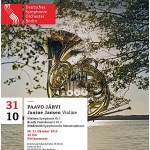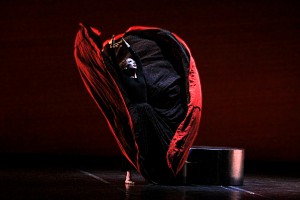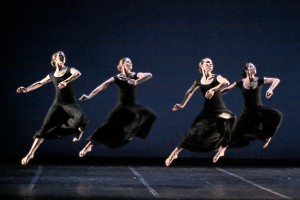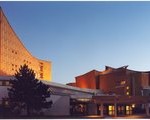By: Edna Landau
To ask a question, please write Ask Edna.
For those who live along the eastern seaboard of the United States, this past week was filled with overwhelming challenges, including displacement from homes, freezing temperatures, loss of electrical power, extensive property damage and financial loss. Many of us have read about the telethon organized by NBC, featuring performers including Bruce Springsteen, Bon Jovi, Billy Joel, Sting, and Christina Aguilera, which raised $23 million in donations to the American Red Cross for Hurricane Sandy relief. A note I received on this blog following the storm inspired me to pay tribute this week to less heralded performers who gave generously of themselves to make this trying experience more bearable. Marianne Schmocker, director of Marianne Schmocker Artists, wrote as follows:
I do not have a question, but thought you might be interested to read this. One of the groups that I represent, the Hugo Wolf Quartet, performed an afternoon concert in New York on Sunday, October 28, and headed out to the airport to return to Vienna at the start of Hurricane Sandy, only to be turned away. They found one of the last taxis to leave for Manhattan. The director of the Austrian Cultural Forum, Andreas Stadler, who had presented the quartet a few days earlier, invited them to stay in the ACF building where he also lives. However, there was not enough space for all four musicians. Two of them had to sleep on the concert stage. After the storm on Monday, they gave a free concert at the ACF which was attended by seven people. When they heard that concerts were canceled everywhere in Manhattan, they gave another free concert on Thursday, November 1. This time, the hall was packed, after an announcement appeared on the ACF’s website and word spread via Facebook and Twitter. Even though the quartet had to live together in a very small place away from their families who were very worried about them, they still had the energy to play music for others. As their manager, I discovered the Hugo Wolf Quartet anew. I am proud to work with them.
In speaking with Ms. Schmocker, I learned that the Hugo Wolf Quartet offered different programs each time they played, trying to present music that was as uplifting as possible for the special circumstances. For the final concert on November 1, they wanted to offer Felix Mendelssohn’s String Quartet #2 but they had a small problem – they didn’t have the music. So they went to Starbucks, joined the large numbers of people who were already signed on to their WiFi, downloaded the music onto their computers and printed it out at the Austrian Cultural Forum.
Before leaving the country, the quartet’s cellist, Florian Berner, joined by Mr. Stadler, did an interview for WWFM in Princeton. Mr. Stadler explained how the November 1 concert came about. As he and the quartet had been sharing accommodations and meals for several days, they discussed what would be important to New York after the storm. They felt that the answer was a message of reconstruction and good spirit, something for which music is the perfect vehicle. Mr. Berner reported that the atmosphere was so exceptional during the concert that they were reminded how important art and music are when we encounter moments in life which we don’t know how to handle. A number of audience members thanked him and the Quartet for giving them a two hour reprieve from watching great devastation on television and lifting their depressed spirits.
It is particularly touching when artists from abroad seize the opportunity to share the healing power of great music with us in our time of need. I am sure they were not alone. Bravo to all the other performers who spontaneously responded in similar fashion. Please feel free to use the comments feature on this blog to share your stories. I’d love to hear from you!
To ask a question, please write Ask Edna.
© Edna Landau 2012




